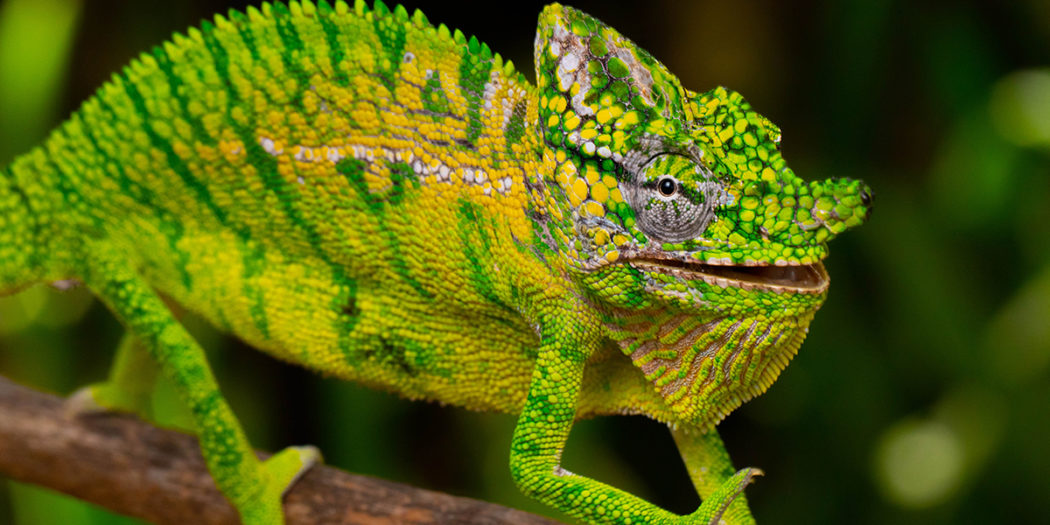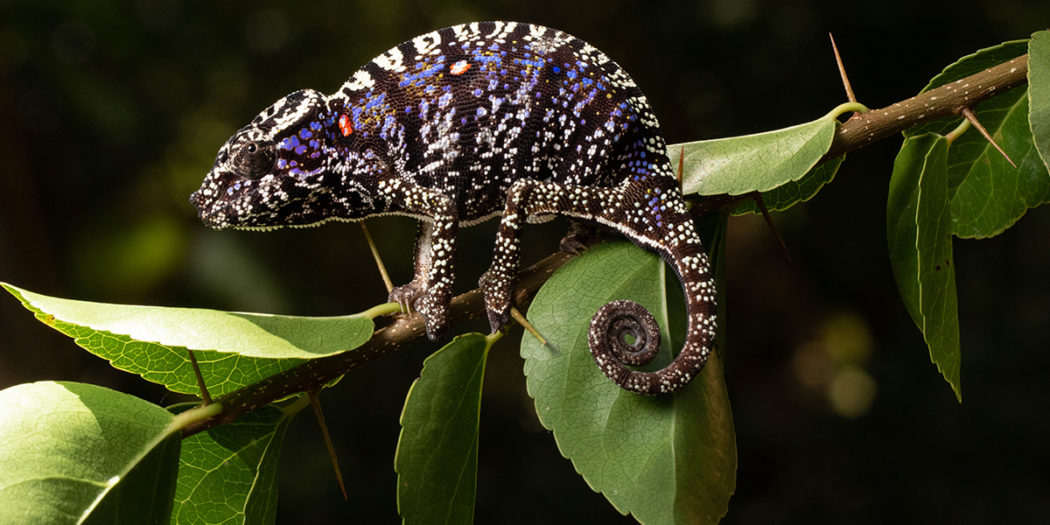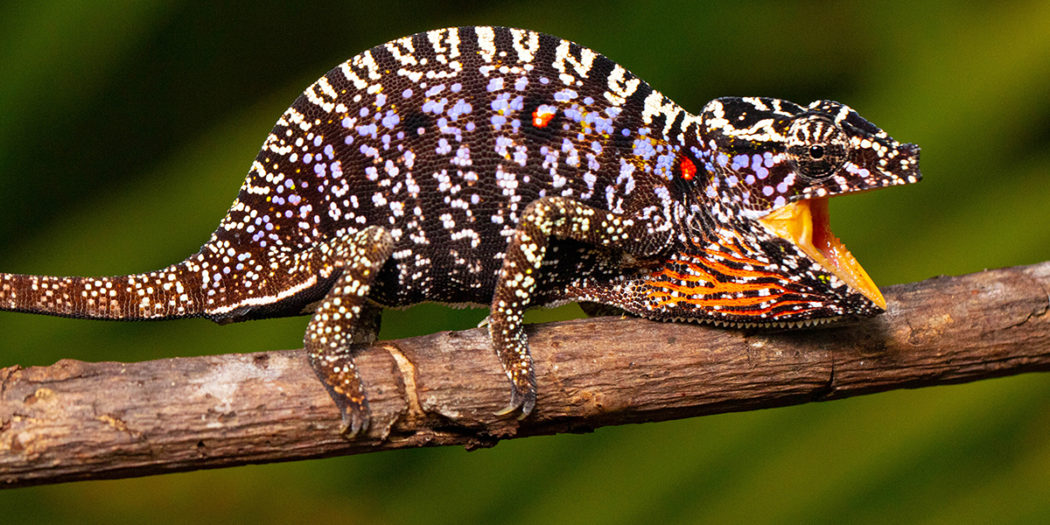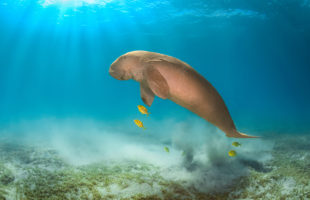It seems completely unbelievable that there are still lost species that could be rediscovered in the 21st century. But in Madagascar, almost anything is possible. And so in 2020, almost unbelievable news went around the world: A chameleon had been rediscovered after more than a hundred years!
The whole story goes back to 1893. At that time, paleontologist Oskar Böttger, curator of the Senckenberg Museum in Frankfurt am Main, described a new chameleon species. It was about 25 centimeters long, including the tail, and bore a roundish nose. The animal Böttger described had been found by zoologist Alfred Völtzkow on a trip to Madagascar. It was one of many! Böttger described a whole collection of hitherto unknown animals and plants. Then the new species named Chamaeleon voeltzkowi after its discoverer fell into oblivion. In 1959, the Dutch herpetologist Dick Hillenius decided that the existing museum chameleons from Madagascar’s west must be one and the same species, namely the already described Furcifer rhinoceratus. Thus Völtzkow’s chameleon disappeared completely from the scene.
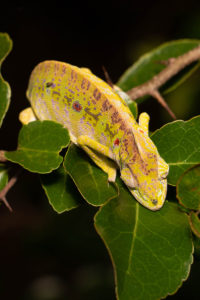
It was not until 2018, exactly 125 years later, that German researchers re-examined the ancient, preserved chameleons in the Munich State Zoological Collection. They noticed that the museum specimens of the alleged Furcifer rhinoceratus differed enormously. Especially the noses of the chameleons did not look like they all wanted to belong to the same species. In addition, the tail of some specimens seemed shorter and the helmet higher. And the researchers’ nose was right on the money. Using micro-CTs, they found that Furcifer voeltzkowi was a separate species. The question soon arose: If it is a separate species, why has no one seen it on Madagascar in recent decades?
In the same year, a German-Madagascan team went to the west of Madagascar. There, as Alfred Völtzkow had described it, the lost chameleons should occur. Supported by Global Wildlife Conservation, the team went to the Katsepy Peninsula, a little-visited area on the Bay of Bombetoka. Opposite is the port city of Mahajanga. For several days there were no finds and the heat was getting to everyone. Only in the last night, shortly before the expedition was to end, the breakthrough came: the researchers discovered several living Furcifer voeltzkowi, females and males. Thus, the chameleon, believed to be lost, was finally rediscovered after 125 years.
Today we know quite a bit about this small, extremely colorful chameleon species. Probably Furcifer voeltzkowi has similar to Furcifer labordi only a very short lifespan. Its home is the dry forests from Soalala to Katsepy in the west of Madagascar. Here it is hot, dry, and inhospitable most of the year. During the rainy season, the tiny young hatch from their eggs. The young Völtzkow chameleons grow very fast because now there is a richly laid table with insects of all sizes. The high precipitation makes the dry west of the island bloom. After a few months, the high-legged stalking males are courting in their brightest colors. They nod their heads at their beloved to signal their readiness to mate. Opponents are driven off with bites and hisses until a victor mates with the courted female. If the female is pregnant, after a few weeks she lays small, white, soft-shelled eggs in a hole she has dug in the ground. She then paws the hole in the ground closed again and goes her way. Just like the males, she will soon die. The new generation of chameleons survives the recurring dry season in the egg until the next rainy season provides better conditions for survival.
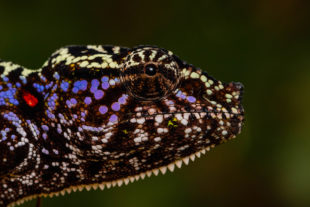
If you want to visit the beautiful chameleons yourself in Madagascar, the best place to find them is on the Katsepy Peninsula. In the protected area of Antrema just a few kilometers from the bay of Bombetoka, you can find them during the rainy season – in case you have good eyes and a little patience, of course. After all, the little chameleons have been overlooked for more than a century despite their bright colors. If you want to be on the safe side, it is best to join a chameleon-knowledgeable tour group. And then have fun looking for chameleons!
- Species portrait of Furcifer voeltzkowi on Madcham.de
- Rediscovery, conservation status and genetic relationships of the Malagasy chameleon Furcifer voeltzkowi
Salamandra | 2020 | Authors: Frank Glaw, David Prötzel et al. - Rising from the ashes: Resurrection of the Malagasy chameleons Furcifer monoceras and Furcifer voeltzkowi
Zootaxa | 2018 | Authors: Marina Sentís, Yiyin Chang et al.
 MADAMAGAZINE Your Magazine about Madagascar
MADAMAGAZINE Your Magazine about Madagascar
